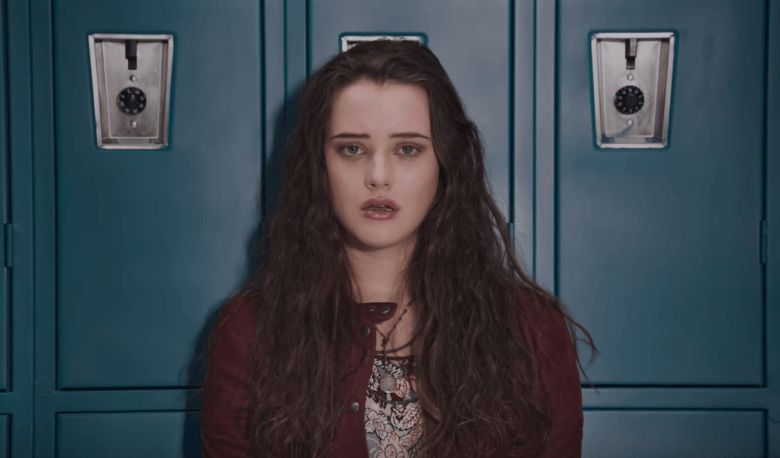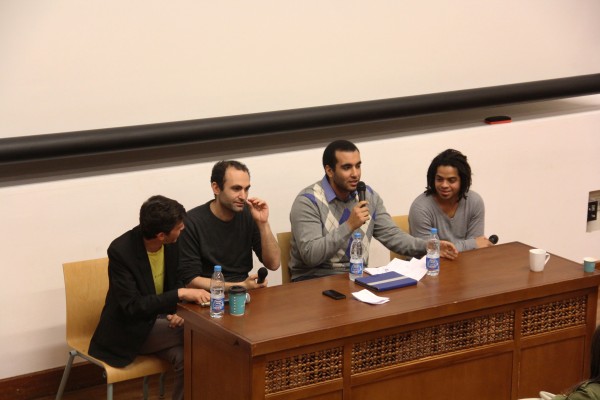13 Reasons Why and the Dangers of Glorifying Suicide

By: Malak Sekaly
@MalakSekaly
Caravan Columnist
The day Netflix aired 13 Reasons Why I felt a knot form in the pit of my stomach.
I had read the novel a few years ago, and it left me in a state of utter despair, loneliness and depression.
The book and series both follow the life and death of Hannah Baker, a high school student who commits suicide and leaves 13 tapes to 13 people, whose actions she sees as the reasons behind her death.
Baker directs each tape to a specific person, explaining to them what they did to her and how all of their combined actions contributed to her suicide.
Through these, we acquire an insight into Baker’s world and relive the traumas that led to her death, as narrated by her.
Perhaps the most graphic of these are two episodes of rape, one of which she was a victim of whereas the other merely a witness to.
At first, I was glad such a novel was published, as I knew of the dangers of suicidal thoughts and was happy someone was trying to raise awareness.
It was good to see how author Jay Asher emphasized the destructive, often unforeseen – and previously unaddressed – consequences of bullying.
With many belittling the numerous and dangerous effects of bullying, Asher was clearly attempting to convey that it can, and does, lead to suicidal tendencies.
The series highlights that bullying was a major factor in Baker’s suicide.
Firstly, 13 Reasons substantiates the significance of preventing bullying, and reinforces how this prevention can physically save lives.
On the other hand, it allows readers to conclude that bullying was the sole reason behind Baker’s suicide, failing to portray suicidal thoughts as symptoms and results of mental illness and personal insecurities.
This is especially since about 90 percent of those who have committed suicide were previously diagnosed with mental illnesses, according to the National Alliance on Mental Illness.
Yet, pages into the novel I found myself slowly being convinced that suicide is the best way out – excising myself out of this cruel world seemed like the only way to stop the pain.
A victim of bullying myself, I knew how it felt to hear whispers of your name in the hall and so I looked to Baker for some guidance. She convinced me to get out.
It is evident that the show has good intentions: to attempt and highlight the struggles of a bullied and depressed teenager.
Unfortunately, it failed to provide the audience with any alternatives to suicidal thoughts and depression.
All the show did, however, was prove that the only way Baker could rest was by killing herself, a clear violation of The American Foundation of Suicide Prevention’s guidelines on safely portraying suicide.
The series further compounds the flaws found in the novel, particularly in its characterization of Baker as a liar, attention seeker, and revenge-thirsty teenager.
Alongside the book, the series suggests that suicide is a great vehicle for revenge – a very dangerous idea to convey to a very vulnerable demographic.
It appeared as though the only way to confront others and show them just how deeply they hurt you was to guilt trip them into believing they were the root causes of your death.
While the book neglects the impact of the tapes, the show portrays Clay, the protagonist, as struggling to continue listening to the tapes because of the anxiety and guilt he feels throughout.
Revenge is further encouraged through his actions, where he sets out to do what the other tape receivers did to Baker.
This only perpetuates the cycle of violence and that only an eye for an eye will heal your wounds, while more than often it only leaves us all blind.
Loneliness was just as glamorized as revenge. Whether it was watching or reading, it was clear that Baker had no one to talk to.
No matter how many new friends she tried to make, they always seemed to let her down, discouraging readers and viewers from looking for support through friends.
All I learned from Baker’s experience with her friends was that there was no point in talking to others when I needed help, since no one was able to reach out to her.
This was further seen through the clear failure of the school in tackling the issue. Not only did the student counselor brush off Baker’s obvious problems but the school management in no way attempted to prevent further bullying.
The fact that the school was oblivious to bullying reveals how many institutions around the world may similarly turn a blind eye or are unable to deal with this deadly specter.
The show also appears to invalidate the efficacy of mental health professionals because they lead character was unable to find solace in their counseling.
And so, I was scared to watch the show. I did not want to be close to suicide in the chance that any ideas of glamorizing suicide would rub off on me.
Unfortunately, that is just what the show did. Showing Baker slitting her wrists, it failed to healthily tackle the issue of suicide and those who suffer from mental disorders.
This only leaves me worried as to how millions worldwide will react to such graphic and discouraging scenes when so many still suffer daily.



